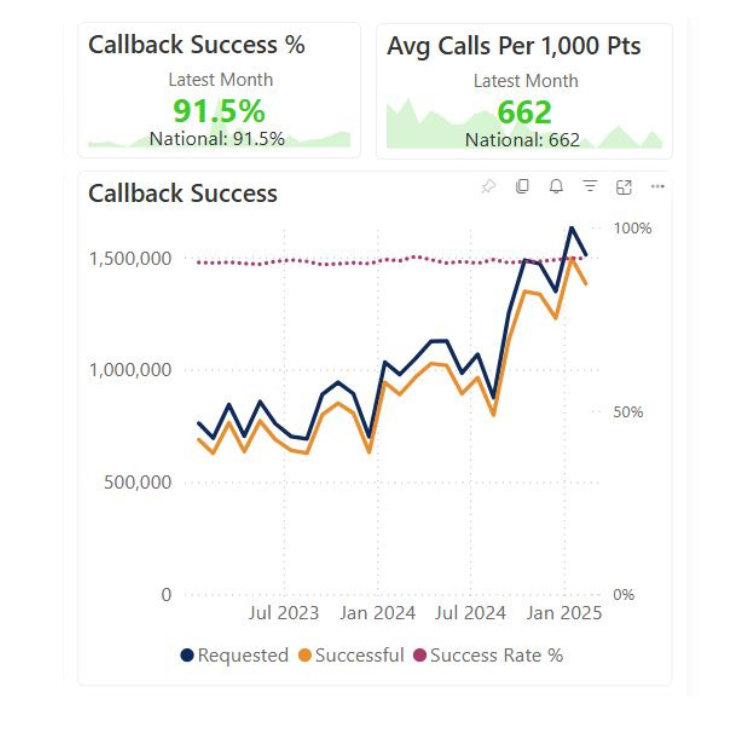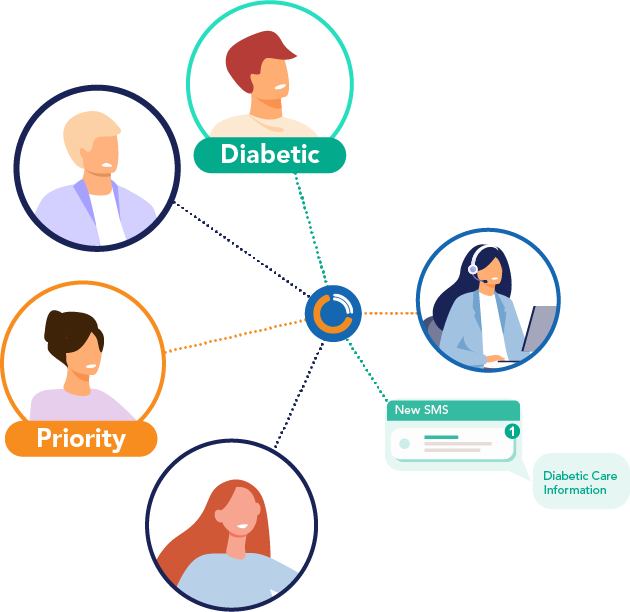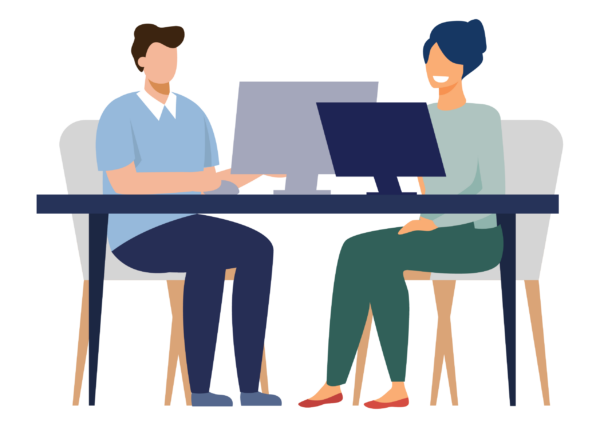Tech shouldn’t add to your workload
Modern technology can transform patient access–but only when used effectively.
Without optimisation, clinical staff face unnecessary admin, inefficient workflows and missed opportunities to improve care.
With the right approach, digital tools become solutions that enhance practice efficiency and streamline patient access.


Optimise patient access through digital
Our access optimisation support packages help GP surgeries maximise their technology investments.
Using data-driven sessions alongside a dedicated customer success advisor, we help you to make sustainable improvements, driving better patient access and practice efficiency.
Your partner in accessible healthcare
We provide the expertise, technology and data-driven insights to help practices optimise digital tools and improve patient access.
Expert-led
With 20+ years of healthcare experience, we help practices enhance efficiency, reduce admin burden and improve patient care.
Technology-enabled
Our digital solutions and support streamline access, ensuring patients connect with the right care at the right time.
Data-driven
Powered by real-time insights, our solutions support informed decisions that drive better outcomes for patients and staff.
Access optimisation support
Choose between a Gold and Premium service support package to build an action plan that suits your needs and helps you unlock:
- Fewer calls through adopted features and signposting
- Freed-up admin time for more proactive care
- Streamlined access for better patient experience
Gold support package
- Standard support package for customers
- 1 x annual account review with your dedicated customer success advisor
- SLAs cover response and fix times, 99.9% uptime, self-serve support, automated monitoring, multi-site deployment, clear escalation paths and more.
Speak to your dedicated Customer Success Advisor for more details.
Platinum support package
- Quarterly meetings* with a dedicated customer success advisor to make improvements in access optimisation and review outcomes
- Configuration support on demand (4 hours SLA)
- Employee survey included
- Annual patient survey (20% discount)
- On-site/virtual training and consultancy services (10% discount)
*Get 6 meetings in Year 1 at no extra cost!
Platinum support prices

(£30/month)

+

(£45/month)

+

+

(£60/month)
Access the future of equitable healthcare
We integrate expert-led support and data-driven improvements to unlock the full potential of your digital tools.
Partner with us and bridge the gap to a truly connected digital front door for every patient.
Unlock access optimisation today
Your pathway to optimised digital healthcare
01
Discovery
Have an initial chat to understand your challenges. Your dedicated advisor will analyse data and workflows to assess current adoption and access routes.
02
Access optimisation plan
We map out an action plan with more frequent meetings in Year 1 to drive feature adoption and build momentum.
03
Implement & improve
Data-driven sessions help you integrate best-practice configurations that enhance patient access and practice efficiency without disruption.
04
Ongoing support
Regular check-ins and year-end reviews drive continuous improvements and shape your roadmap to long-term success.

